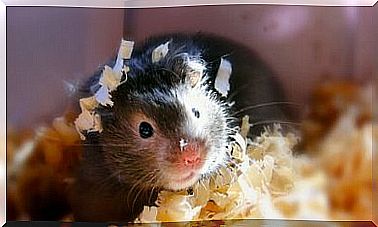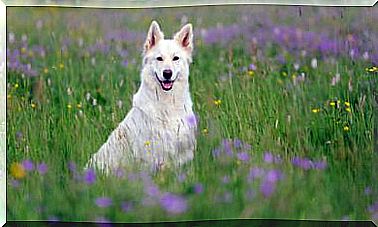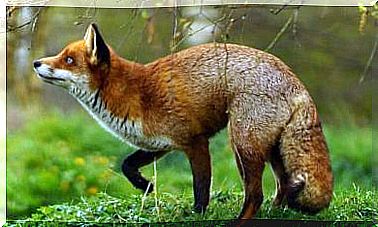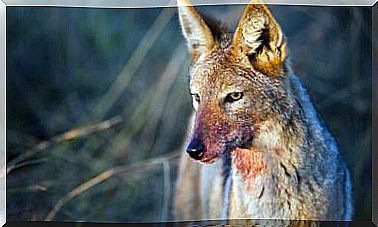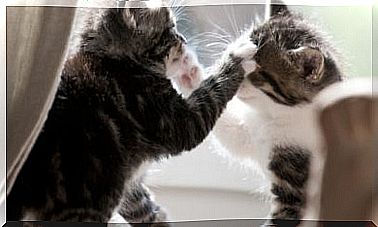Why Does Cats’ Fur Change Color?

The characteristics of the fur of cats are determined by their genetics, and it is that their genes are responsible for the coloration, pattern, length and texture of feline fur.
Sometimes we can see a change in the color of the coat and the question arises: how can this change happen? Keep reading, in this article we will explain it to you.
Aging affects feline hair just like human hair
This is a common change as we age: the advent of gray hair. This mark of aging may be a timely reminder to never take the unconditional love we receive from our pets for granted.
The temperature of the skin can induce a change of color in the fur of cats
This is the case for eastern breeds such as the Himalayas and the Siamese. Himalayan kittens are born with almost creamy colored fur, while Siamese kittens are born white. As they begin to grow, areas of dark hair begin to appear in their coats according to the temperature of the skin at different points of their anatomy.
Thus, in warmer areas such as the neck and body, their fur remains lighter. In other areas where the skin is cooler – the tail, legs, face and ears – the hair becomes darker.
Also the temperature of the environment can also play a role in the color of the coat. Therefore, your spots may darken or become lighter depending on the season.

It is important to note that a change in the color of the coat in these breeds can also indicate that they are sick and that they have a higher temperature than normal.
Black fur may turn reddish brown if the cat does not eat meat
It is important to know that kittens will need a good supply of the amino acid tyrosine to maintain a dark black coat in ideal conditions .
The reason for this requirement is that tyrosine is necessary for the formation of eumelanin, the pigment responsible for the black color in fur.
Thus, if there is a tyrosine deficiency, the coat will become discolored and turn from black to a reddish or rusty orange color. Keep in mind that tyrosine deficiency is caused by a lack of nutrition from animal proteins (meat or fish).
Copper deficiency in the diet can also induce changes in the coat of cats
Although not common, a copper deficiency can cause depigmentation of the colored layers, causing a black cat’s coat to turn brown.
This mineral is necessary to convert the amino acid tyrosine into the pigment melanin. In addition, copper has many other functions. For example, it is a component of several enzymes and participates in the absorption and transport of iron.
Dietary sources of copper include liver and some grains, but pet foods are generally supplemented with copper to ensure pets are getting everything they need.

Cats’ fur can change color due to medical conditions
It is important to rule out the presence of failures in the metabolism or absorption of tyrosine in black cats – which receive a balanced diet – whose coat has changed color.
It is necessary to note that certain health conditions can interfere with tyrosine metabolism ; in these cases, the black fur may turn brown.
An example that must be cited is liver disease, since it is in this organ that phenylalanine is converted into tyrosine. Additionally, thyroid and kidney problems have also been implicated as a cause of a change in coat color.
Without a doubt, when changing the coat of cats it is appropriate to consult your veterinarian. We can’t stop the aging process, but we can know why their coat may be changing color.

